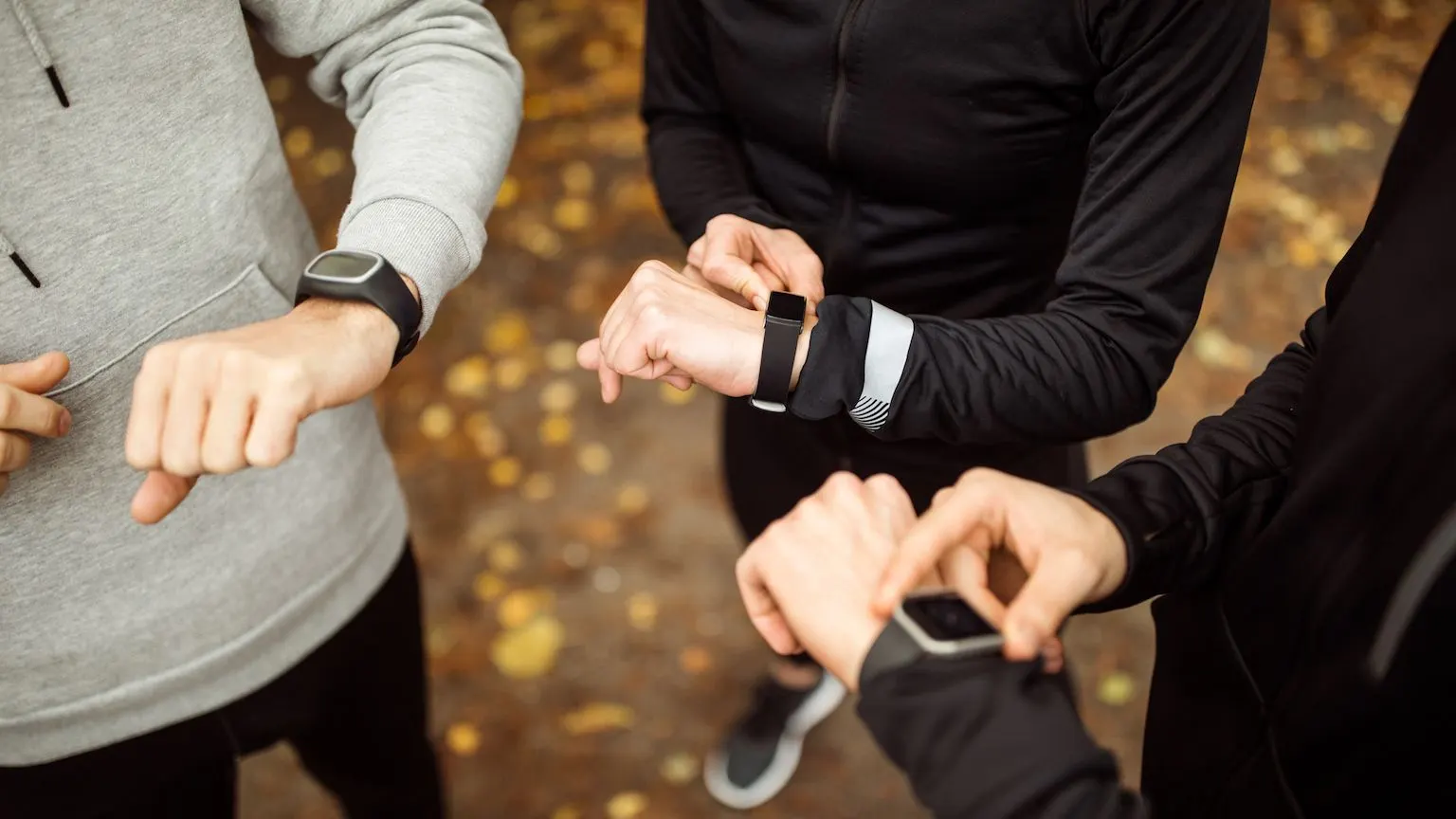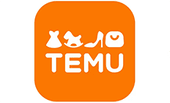Up to 50% off entire refurbished tech range
Compare wearables: How to choose a smartwatch or fitness tracker
We'll explain the different types of wearables and help you find the right one to meet your needs.


Wearable technology is more or less exactly what it sounds like: technology that you can wear on your body.
As technology improves, computers are getting smaller and smaller. Computing power that used to need a warehouse's worth of equipment to produce can now be contained in something the size of a watch.
The most popular examples of this technology are smartwatches and fitness tracking wristbands. However, wearables now come in many different forms including glasses, jewellery and clothing.
The wearable industry is evolving quickly with new innovations coming out regularly. From goggles that track your swim times to clothing that blows cool air on you when your body temperature exceeds a certain number, the possibilities are seemingly endless.
Some wearables are designed with a specific purpose, for example, to track your physical activity and health. These devices use sensors that keep tabs on a number of different metrics, such as the number of steps you take, your skin temperature and your heart rate, and use it to keep track of your individual fitness level over time.
Other wearables work as more general extensions of your smartphone, allowing you to send and receive texts, answer calls and engage Google Assistant, Siri or Alexa.
Most wearables use Bluetooth technology to connect to your smartphone, with dedicated apps offering an easy way to access key insights into your day's activities.
Wearables come in too many shapes and designs to list, but we'll explain some of the most popular and widely available types here:
When you're shopping for wearables, consider the following factors:
Wearables can be designed for a wide range of activities and purposes. If you want something to wear while swimming, you'll need a fitness tracker that's waterproof and can track your laps. If you want to be able to answer urgent texts without having to take out your phone, look for a smartwatch that's compatible with your phone.
Many wearables look like traditional watches or sport watches but they can come in lots of different shapes and designs. Think about how you'll wear it and whether or not you want it to stand out or blend in with your jewellery or clothing.
The longer the battery life, the better. Some wearables need to be charged daily, while others can go several days without needing a top-up. Unfortunately, longer battery life sometimes means a larger wearable or a higher price tag.
Not all wearables can do everything. Many can count steps, but they don't all offer GPS tracking or allow you to answer texts. Check what features are included and make sure it offers everything you need.
Each brand has its own app that you can use to change settings and get more use out of your wearable. For example, apps for fitness trackers usually allow you to track your workouts and set goals. Download the app to check how easy it is to use.
Different brands use different operating systems. The important thing to check is whether or not the system is compatible with your smartphone. For example, Apple's smartwatches only work with Apple devices.
Wearables collect all types of data. This data enables the wearable to keep track of your activity and give you personalised analysis. For example, a fitness tracker can monitor your sleep for weeks and use the information to give you tips on how to get more quality sleep.
Collecting data is essential to the functionality of most wearables, but what happens to the data once it's stored and who has access to it?
When you buy a wearable, you'll usually need to sign up to an app or service. Part of this process involves checking a box (or signing something) that says you've read the user agreement. Most of us check these boxes regularly without ever reading through the lengthy agreement, but reading these documents is the only way to find out what data is being collected and how it's being used.
User agreements include how long a company can store your data, what the company can do with the data and whether or not you can opt out of certain data being collected. The agreement should also mention how the data is collected. For example, the company may collect data from your phone in addition to the necessary tracking data from your wearable.
These agreements and policies vary from company to company and change over time as technology and legislation evolve. The best way to keep yourself protected is to stay informed.
 Temu
Temu
Temu
Up to 43% off electronics
Save up to 43% on select speakers, headphones, keyboards, dashcams, smartwatches and other electronics at Temu. While stocks last. T&Cs apply.
 Amazon
Amazon
Amazon
Up to 19% off Garmin smartwatches
Grab up to 19% off Garmin smartwatches at Amazon. Limited time offer and while stocks last. T&Cs, exclusions apply.
 Amazon
Amazon
Amazon
21% off Garmin vívoactive 5
Get 21% off the Garmin vívoactive® 5, a sleek smartwatch with a vibrant AMOLED display, up to 11 days of battery life, and wellness tools like Body Battery™, sleep coaching, and over 30 sports apps. Designed for comfort and confidence from morning meetings to evening workouts. Limited-time offer, Terms & Conditions apply.
 THE ICONIC
THE ICONIC
THE ICONIC
Up to 55% off women's sports tech accessories
Enjoy huge savings on women's tech accessories including smartwatches, earbuds, headphones, and more. T&Cs apply.
 Fitsmart
Fitsmart
Fitsmart
Up to 64% off electronics
Score huge discounts on smart watches, ear buds and speakers at Fitsmart. Hurry before stocks run out. T&Cs apply.
We’ve rounded up the 9 best smartwatches you can get right now in Australia.
With the Fitbit Charge 5, the biggest name in wearable fitness trackers has upped the ante on features, but fumbles with functionality.
These are the 8 best Fitbits you can get right now in Australia.
Our team has rounded up the 6 best heart rate monitors online.
Here are our top retailers where you can get your hands on a wide range of smartwatches.
From the best option for exercise to the top pick for seniors, these are the 12 best fitness trackers available online.